Seth Hurwitz on the future of live music: technology, ticketing, and what comes next
The live music industry stands at a crossroads. As technology reshapes how we experience entertainment, from AI generated content to virtual reality concerts, the fundamental question remains: what will live music look like in the years ahead?
For Seth Hurwitz, the D.C.-based promoter behind iconic venues like the 9:30 Club and The Anthem, the answer isn't found in chasing every technological trend - it's in preserving what makes live music irreplaceable.
The Streaming Debate: Why Live Must Stay Live
In an era where digital connectivity and on-demand streaming dominate, Hurwitz maintains a clear stance: "I don't want to do anything to dilute the live experience... I want people to need to go see the bands to experience this." While virtual concerts became mainstream during recent years, promising accessibility and front-row seats from anywhere in the world, Hurwitz sees a fundamental trade-off that's often overlooked.
The physicality of a live show - the energy of a packed venue, the collective feeling when a favorite song hits—is diminished when mediated through a screen. "We sell mystique... live music is fantastic and unpredictable. I don't want to take away from it," Hurwitz explains.
The very essence of a live show is its uncertainty, the rawness, the moments that happen because of, not despite, the imperfections. Streaming, with its carefully curated angles and edited experiences, flattens what is by nature a three-dimensional experience.
This philosophy positions Hurwitz as a counterweight to the industry's rush toward digital alternatives. The craving for real, tactile elements of a concert - the electricity of shared space, the unpredictable chemistry between artist and audience - represents something streaming simply cannot replicate.
As the industry looks ahead, this tension between convenience and authenticity will likely define much of the debate around technology's role in live music.
The Ticketing Crisis: A Call for Fundamental Reform
Perhaps no issue is more pressing for the future of live music than ticketing. Hurwitz has been outspoken about what he sees as the only real solution: capping resale prices. "There's only one way it will ever stop, and that's to put a limit on the resale value," he said. Without this fundamental reform, he argues, "It's whack-a-mole. You will never prevent other people from making money on the show you booked and worked on."
The numbers paint a stark picture of the challenge ahead. Concert ticket prices jumped from an average of $91.86 for top 100 tours in 2019 to $135.92 in 2024 - a nearly 50% increase in just five years. These escalating costs threaten to transform concerts from regular entertainment into occasional luxury experiences, fundamentally changing the relationship between fans and live music.
Hurwitz takes particular issue with dynamic pricing models, where ticket prices shift in real-time based on demand. "I think we should set a price and it should stay that way, and a ticket should not become a commodity that people trade," he says. For him, stable pricing preserves the essence of what makes live music special - a place where people can come together without barriers based on income.
A resale cap would allow genuine fans to resell tickets without exploitative markups while keeping original pricing intact, ensuring artists and venues - not third-party resellers - retain control over costs. The problem, Hurwitz notes, is that the people who could fix it are the same ones profiting from it. Ticketmaster, StubHub, and other resale platforms have no incentive to change the system because inflated resale prices pad their bottom line.
Looking ahead, this issue will likely intensify. As more festivals and tours struggle with attendance due to high prices, the industry may face a reckoning that forces real reform - or risk pricing out the very audiences that sustain it.
The Venue of Tomorrow: Mid-Size and Convertible
When asked about the future evolution of live music venues, Hurwitz's answer is simple: "I think I built the prototype." The Anthem, which can accommodate anywhere from 1,500 to 6,000 people, represents his vision for what venues should offer. "The mid-size venue is the answer to the convertible," he explains. "We go anywhere from 1,500 to 6,000 and you need to do it in such a way that the audience never feels like the place is cut down."
This flexibility addresses a persistent challenge in the industry: the gap between club shows and arenas. Many acts struggle with arena tours, unable to consistently sell out 15,000-seat venues, yet their agents and managers resist admitting their draw might be closer to 10,000. "Even after the fact, you can't believe how many people just refuse to accept that they're just not going to sell that many tickets," Hurwitz notes.
The key innovation isn't just size flexibility - it's creating a space where "the venue needs to look full no matter what you do, no matter how many tickets you sell." This principle, which Hurwitz pioneered at the 9:30 Club, ensures that every show feels intimate and special, regardless of whether it's configured for 2,000 or 6,000 attendees.
As the live music industry continues to evolve, expect to see more venues adopting this convertible model, recognising that one-size-fits-all arenas don't serve the needs of most touring artists or their fans.
The Human Element in an Automated Age
At a time when algorithms determine everything from playlist recommendations to ticket prices, Hurwitz's approach remains decidedly human centred. His "at-bat mentality" - treating each show as a unique event rather than a calculated career strategy - offers a counterpoint to the industry's increasing reliance on data driven decision-making.
"It was never about a career," Hurwitz reflects. "People ask me all the time, 'How did you envision all this? How did you plan?' We really didn't plan anything. It's all about just putting on a show." This philosophy translates directly into how he manages every aspect of the live music experience, from pricing to artist relationships.
This resistance to over-optimisation may become increasingly valuable as AI and automation reshape the entertainment industry. While technology can handle logistics and data analysis, the core of live music - the connection between artist and audience, the spontaneity of performance, the communal experience - remains fundamentally human.
What Comes Next
The future of live music will likely be defined by competing visions. On one side: dynamic pricing, VIP stratification, virtual experiences, and algorithmic optimisation. On the other: accessibility, authenticity, community, and the preservation of what makes live shows irreplaceable.
Hurwitz's vision emphasises that independent promoters and venues "provide a kind of intimacy and authenticity that's increasingly rare in a landscape dominated by corporate chains." These spaces offer what he calls "choice: the choice to experience music outside a standardised, high cost structure."
As technology continues to advance and corporate consolidation intensifies, the industry faces a fundamental question: will live music remain accessible to everyone, or will it become an exclusive luxury? The answer may well depend on whether more promoters follow Hurwitz's example - or whether market forces push the industry toward ever higher prices and more mediated experiences.
For now, Hurwitz remains focused on what he can control: putting on great shows, keeping prices fair, and ensuring that the magic of live music survives for the next generation. In an industry obsessed with what's next, sometimes the most revolutionary act is protecting what's always worked.




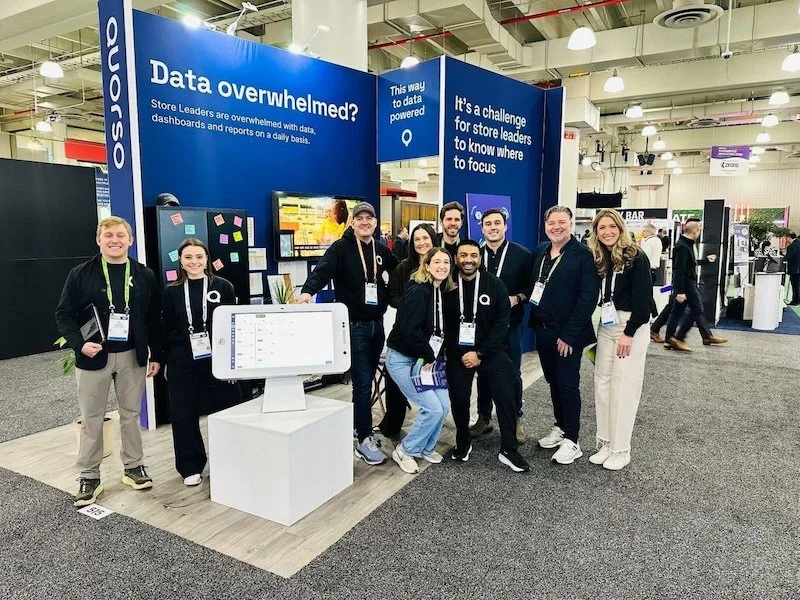
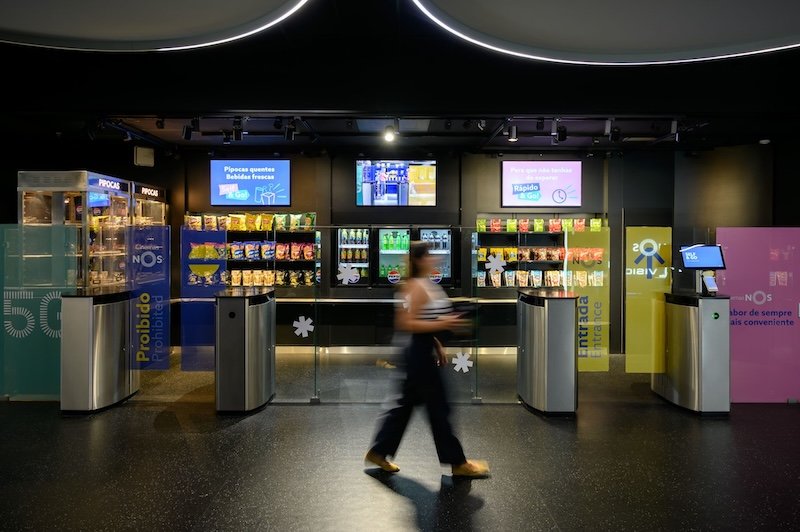
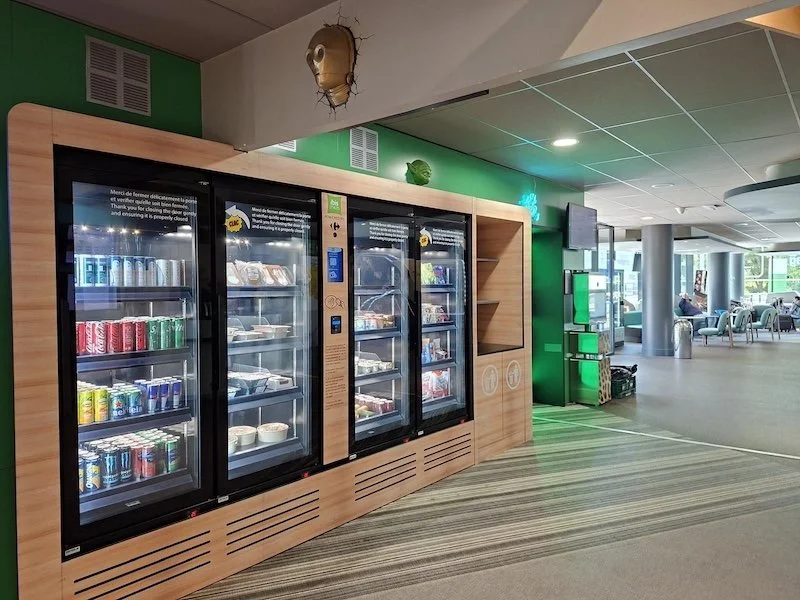


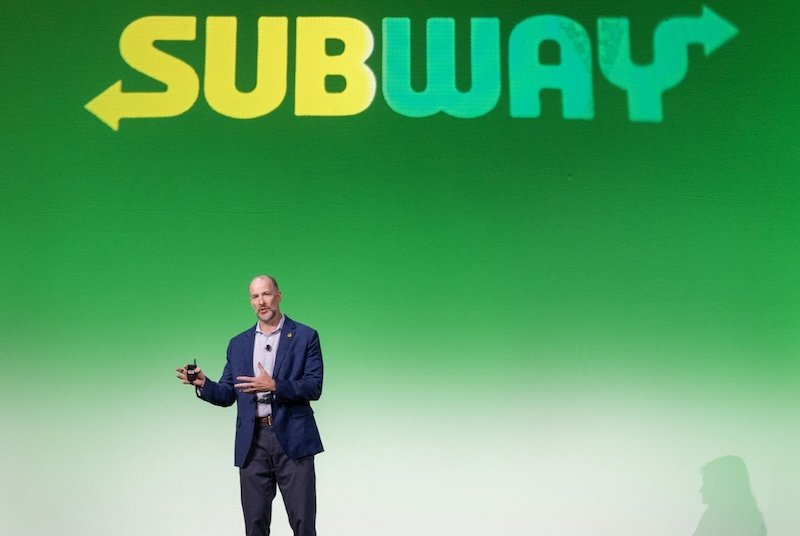
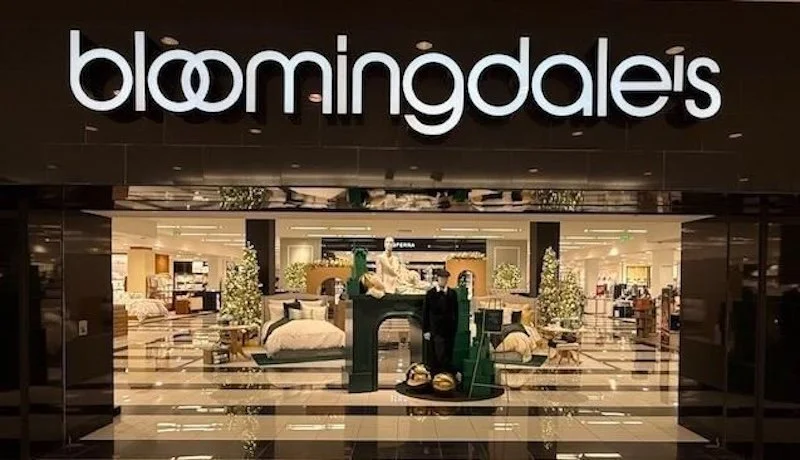
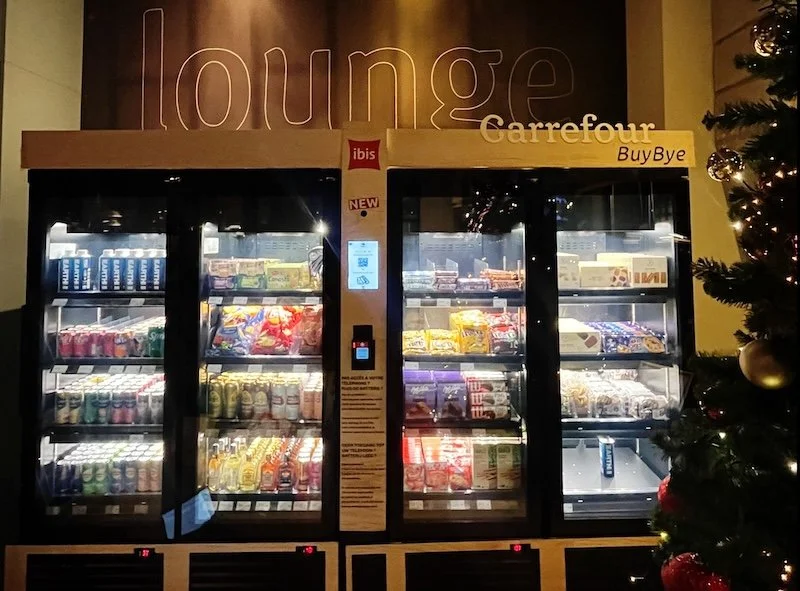





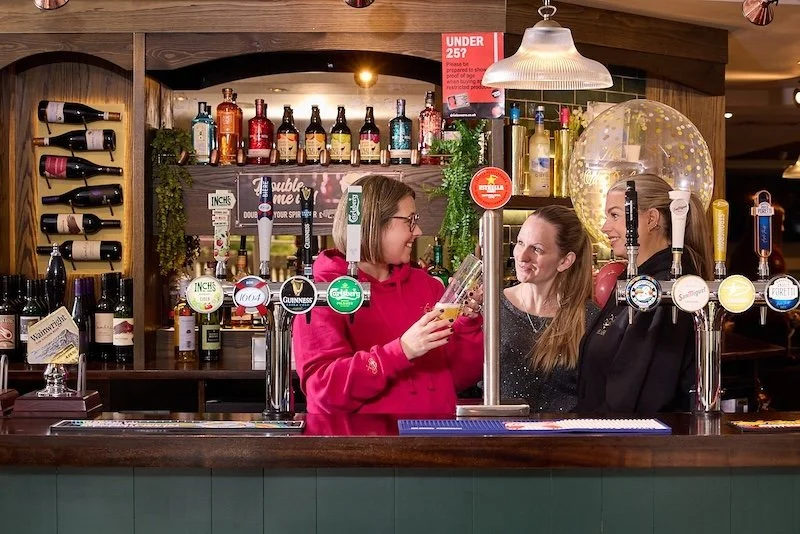













Continue reading…